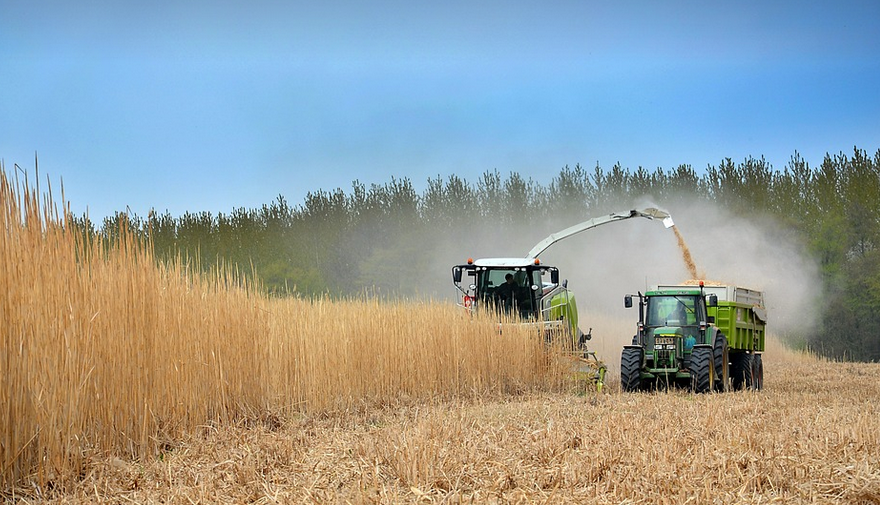Welding: The Art of Metal Joining
Welding, a cornerstone of modern manufacturing and construction, involves joining two or more pieces of metal together by applying heat and/or pressure. This process allows us to create strong, durable structures, from bridges and skyscrapers to household appliances and automotive parts. But just like any art form, there are various techniques that achieve different results, each with its own quirks and advantages.
In the world of welding, we encounter two primary players: Gas Welding and Arc Welding. Both have their unique strengths and weaknesses, making them suitable for distinct applications. Let’s dive into the specifics and unravel the mysteries behind these welding marvels.
Gas Welding: The Flame-Powered Pro
Gas welding, a traditional method passed down through generations, utilizes an open flame to melt the metal edges and fuse them together. The process relies on a combustible gas mixture like acetylene or propane for generating this intense heat. This flame, often with a blueish hue, provides the energy necessary to melt the metal.
For decades, gas welding has been used in various fields, from repair work on vintage bikes and tools to creating intricate metal sculptures and crafting custom furniture. Its ability to create precise welds, especially for thicker materials and historical restoration projects, makes it a favorite among many professionals.
The Pros of Gas Welding:
Gas welding offers several advantages over its arc welding counterpart:
- **Precise control:** The flame’s intensity allows for precise temperature control and intricate welds.
- **Durable welds:** Gas welded joints tend to be incredibly strong and durable, thanks to the heat penetration that occurs during the process.
- **Versatility:** It can work on a vast range of materials from mild steel to thick cast iron.
- **Cost-effective:** Compared to arc welding, gas welding equipment is relatively inexpensive.
However, there are some drawbacks to consider:
- **Safety hazards:** The use of flammable gases like acetylene requires strict safety measures and trained personnel.
- **Limited weld size:** Gas welding can struggle with larger welds due to the need for a constant flame.
- **Skill requirement:** Mastering gas welding demands practice, skill, and patience; it’s not as straightforward as other methods.
Arc Welding: The Electric Innovator
Arc welding, on the other hand, utilizes an electric arc between a consumable electrode and the base metal to generate intense heat. This process relies on electrical current supplied through electrodes that melt the metal at the weld’s point of contact.
Arc welding has become the industry standard for modern construction due to its high productivity and ability to create welds that are uniform, strong, and even in appearance. It offers remarkable control over power and speed, allowing welders to achieve smooth, precise results.
The Pros of Arc Welding:
Arc welding boasts several advantages:
- **Speed:** Arc welding is significantly faster than gas welding, often completing jobs in minutes instead of hours.
- **Versatility:** It excels on various materials and thicknesses, including high-strength stainless steel.
- **Easy to learn and use:** Compared to gas welding, arc welding has relatively low skill barriers and requires less specialized training.
However, there are certain limitations:
- **Safety concerns:** The operation of arc welding equipment involves electrical currents that can be dangerous if not handled properly. Safety precautions must be strictly followed.
- **Heat stress:** Arc welding generates a lot of heat, so it’s essential to wear appropriate protective gear and work in well-ventilated areas.
- **Weld distortion:** While arc welding offers precision, the process can lead to some weld distortion and warping if not handled cautiously.
Choosing the Right Method: The Ultimate Decision
The “best” welding method ultimately depends on the specific project’s needs. Gas welding is a classic choice for those seeking precise welds on thicker materials, particularly in historical restoration or metal art projects. Arc welding shines when speed and efficiency are crucial.
Factors to consider when choosing between gas and arc welding include:
- **Project requirements:** Thick metal? Precise weld needed?
- **Material type:** Steel, stainless steel, or other?
- **Weld size:** Large welds require more efficient methods.
- **Skill level:** How comfortable are you with welding equipment?
No matter your choice, both gas and arc welding offer valuable approaches to joining metal. With each method’s unique strengths and vulnerabilities, the best technique is always determined by understanding specific project requirements and choosing accordingly.
